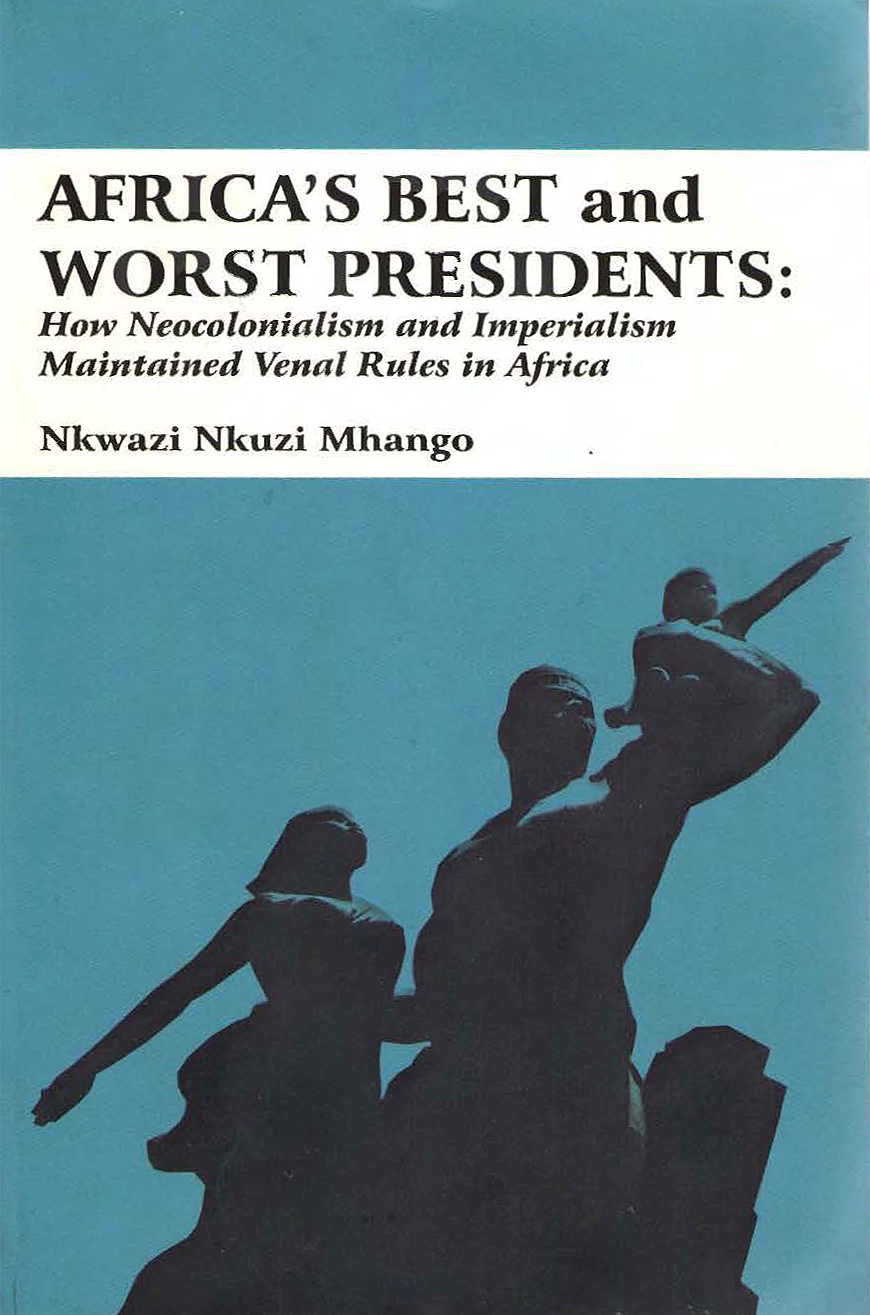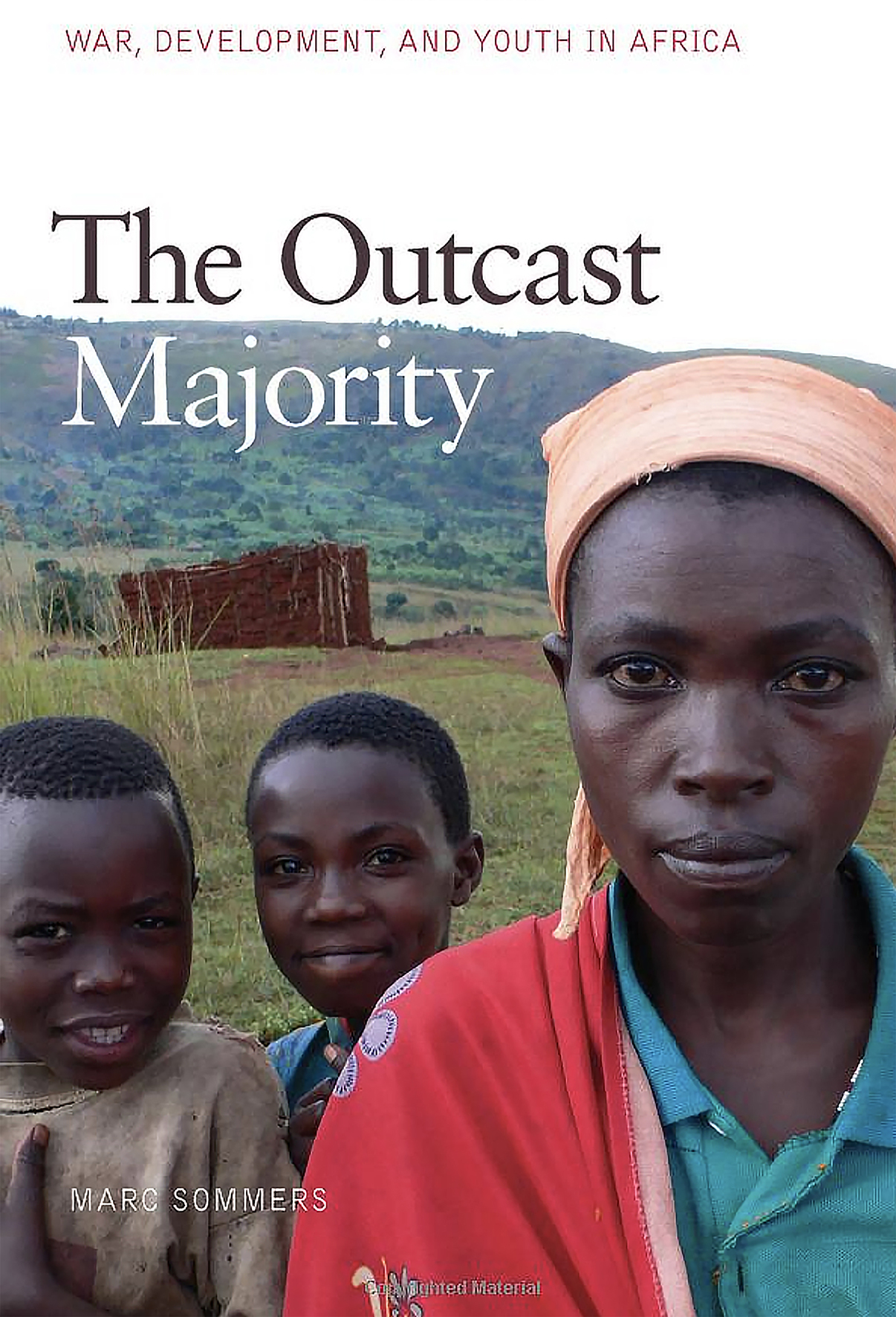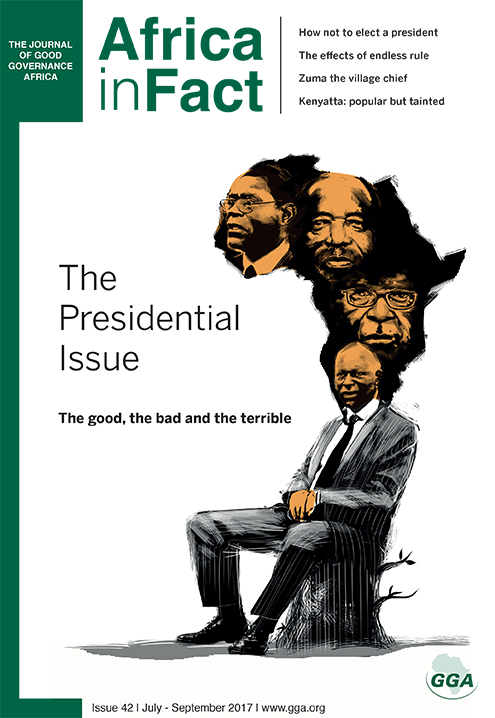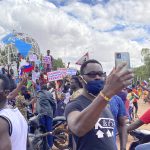Africa’s best and worst presidents: How neo-colonialism and imperialism maintained venal rules in Africa. By Nkwazi Nkuzi Mhango, Langaa Research and Publishing, 2016
Tanzanian writer Nkwazi Nkuzi Mhango’s book on African rulers tries to explain why some African leaders are good and others bad – in terms of how effective they are as managers, as well as whether they are good in a moral sense.
There is little ambiguity about who the good guys and bad guys are: the better leaders include Nelson Mandela, Ghana’s Kwame Nkrumah, Tanzania’s Julius Nyerere and Zambia’s Kenneth Kaunda. The actions of the continent’s disastrous leaders do nothing to contradict perceptions of them as bad: Uganda’s Idi Amin, Zaire’s Mobutu Sese Seko and Kenya’s Daniel Arap Moi are among the worst villains.
Meanwhile, Zimbabwe’s Robert Mugabe, for Mhango, is the hero who became a villain, not occupying a middle region, but jumping from the one category to its polar opposite.
The first chapter presents the case of the Congo’s Patrice Lumumba, who Mhango admires and posits as one of Africa’s great leaders. Lumumba never actually had the chance to rule, as he was brutally deposed very soon after he took the reins of government, and Mhango condemns Mobutu for his role in the affair.
He paints a picture of how the US Central Intelligence Agency, guided by President Dwight Eisenhower, played a direct role in the murder of Lumumba, who became a casualty of Cold War politics.
Nkrumah, the founding father of Ghana, is lauded as the “juggernaut of Africa”, and his plans for a unified Africa are praised as visionary, as is his role in the formation of the Organisation of African Unity (OAU).
Mhango approves of Nkrumah’s plans for reversing the underdevelopment of the continent, with unification a key plank of the strategy, and a source of leverage. Nyerere is held in veneration for these same reasons, and the two are seen as the thinkers of the continent. But the author fails to interrogate the viability of the plans of either of these good leaders.
Curiously, he derides the only real philosopher among the leaders, Senegal’s Leopold Senghor, for “wanting to be French” – in the process completely misconstruing Senghor’s philosophy of negritude, which was an attempt to create an African identity on a colonised continent. He is also criticised for not sufficiently supporting the OAU and the idea of a united Africa.
Mhango praises Kaunda for ushering in free elections – 27 years after he took power – and conceding when he lost to Frederick Chiluba. He repeatedly states that Kaunda could have rigged the election but refused to do so. This is one of the main reasons Kaunda is regarded as a good leader.
Mandela is the hero of the book, the exception to all other rulers, and seen as comparable to ancient Egypt’s Tutankhamen and Nefertiti – although the comparison is not explained. Mandela is praised for giving up power after serving just one term, for not yielding to the temptation to amass wealth, and for passing on some of his wealth to public institutions and not only to his family. He is also regarded as a good manager, one of Mhango’s criteria for good leadership.
The first leader berated by Mhango is Kenya’s Jomo Kenyatta, who is vilified for being a land-grabber of epic proportions. Kenya does not fare well, with Moi adding to the list of corrupt charlatans. He, like Kenyatta, was a land-grabber of note, and he also went on a vanity spree, naming this, that and the other building or institution after himself. At first timorous, he changed after Kenyatta’s death, purging all those who tried to prevent him from succeeding. A failed coup attempt left him even more vicious.
Mobutu is the villain par excellence. He is charged with assassinating Lumumba, and with being a stooge of the West and allowing it to plunder the Congo, which he renamed Zaire. To say Mobutu was also guilty of gross corruption would be an understatement, and yet he was propped up by the US because of Cold War politics, which Mhango laments.
The other absolute villain is Idi Amin, the butcher who had almost half a million people put to death and expelled Asians from Uganda. Yet Mhango does not criticise the latter decision, and, while talking about Kenya, actually presents Asians as foreigners deserving of expulsion.
Curiously, the book hardly deals with North African leaders, except for a few asides about Egypt’s Hosni Mubarak. The exception is Libya’s Muammar Gaddafi, who is derided throughout the book but does not get the full treatment in a discrete chapter. An appraisal of Egypt’s Gamal Abdel Nasser would also have made for a fascinating exercise.
Mhango expresses disgust at the exploits of Jean-Bedel Bokassa, the leader of the Central African Republic who in 1976 crowned himself emperor in imitation of Napoleon Bonaparte. Bokassa, according to Mhango, spent half of that year’s budget on his subsequent coronation. But he died like a dog, says Mhango, abandoned by the French after his fall.
What characterises the tyrants can be listed: they looted their country’s resources and amassed personal wealth, neglecting the needs of the population; they stole swathes of land; they silenced opposition with measures that ranged from the relatively benign to having critics eliminated; they hung on to power until they died or were ousted; and they were often megalomaniacal, stamping their names on public facilities and wasting vast amounts of money on ceremonies in their own honour.
The good leaders don’t engage in these activities. They leave office at the end of their terms and, more positively, provide conditions for economic, political and cultural growth. They encourage democratic engagement and participation, temper conflicts between different ethnic or interest groups and generally put the interests of their people first. Mhango’s heroes are all fighters against colonialism, especially those who usher in independence.
In one of many interesting asides, Mhango talks about how, once upon a time, leaders wrote books about their philosophies, and he laments the fact that the age of literacy has been left behind by a philistine culture.
Mhango’s book is a contribution to a valuable debate, and he must be lauded for presenting and discussing the issues of governance he raises. But his book fails to do justice to its topic. It is badly written, with atrocious grammar on every page, and it would certainly benefit from brutal editing.
Although he couches the book as an exercise in peace and conflict studies, there is nothing academic about it; the author presents hardly any political or sociological analysis. Instead, it is a rambling and anecdotal account of Africa’s presidencies, based largely on newspaper reports, popular stories and gossip about presidents.
Mhango’s explanatory methods border on the incoherent. Two of his methods are particularly unconvincing: that tyrants suffer from “small man syndrome” and that the former colonisers used divide-and-rule-strategies. Certainly colonial powers exploited tribalism, regionalism, and party affiliation in securing conditions that would facilitate colonial extraction, but Mhango does not give us specific instances of how these actually worked.
One would expect to learn a fair amount after reading a chapter on any leader, but Mhango fails to present even basic histories of his subjects, and one has to read other accounts to get a sense of the facts about their lives.
His case against neo-colonialism and imperialism peppers the book. These forces, mainly western powers, play leaders off against each other and use their influence to depose leaders inimical to their interests. But his critique lacks detail and specificity.
Once one accepts that the book is not a scholarly exercise, it becomes quite interesting despite its faults, if only because it says so much about African leaders that needs to be said.
Yunus Momoniat is a researcher and writer at South African History Online and an occasional political commentator.














